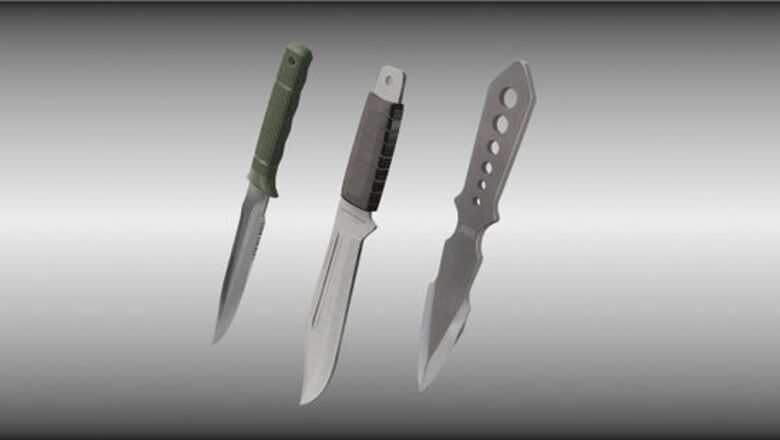
views
X
Research source
. Different knife throwing techniques have been adopted by many cultures around the world with different shapes and sizes.
Setting Up for the Throw
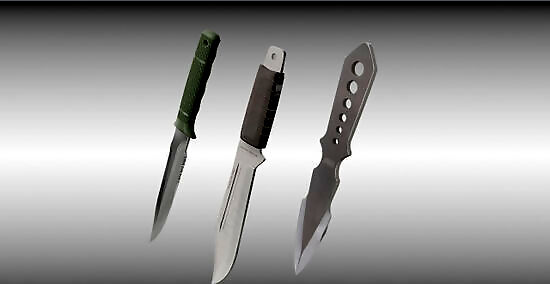
Choose your knife. There are three different kinds of knives that are good for throwing: blade-heavy, handle-heavy, and balanced knives. Balanced knives are generally best for beginners as they make switching to other models easier. Keep in mind that you want the weight to be thrown first. If you are throwing a blade-heavy knife, you will want your blade to be thrown first. Hold the knife by the handle to throw it. And vice versa -- if you’re throwing a handle-heavy knife, you will throw it by the blade.
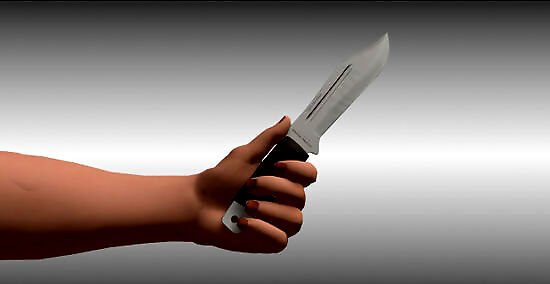
Grip the knife with your dominant hand. Though knife-throwers often develop their own gripping styles with time and experience, there are three conventional gripping methods that beginners usually choose from (depending on their knife style and/or personal preferences). Note that a firm but delicate hold is necessary for all gripping styles; too much grip will hamper your release, whereas too little might cause the knife to fly out of your hand prematurely, potentially hurting someone. Hammer Grip: Grip the handle of the knife as you would the handle of a hammer; place the handle across your open palm near your knuckles, wrap your four fingers underneath and around the handle, and place your thumb over the top. This grip is especially useful if you’re learning to throw a double-edged blade.Watermark wikiHow to Throw a Knife Pinch Grip for a Single-Edged Blade: Hold your palm out in front of you and move your thumb to create a crease between the fleshy pad of your thumb and the rest of your palm. With the handle pointing away from you, place the blunt edge of the knife blade into this crease so that the tip lines up with the bottom of your thumb crease. Place your thumb along one side of the blade and all your fingers except the pinky along the other side, thereby pinching the blade without pressing against the point or the sharpened edge.Watermark wikiHow to Throw a Knife Pinch Grip for a Double-Edged Blade: With the handle pointing away from you, grasp the tip of the knife so that the tip of your thumb is one side of the blade and the tips of all your fingers except the pinky are on the other side, thereby pinching it without pressing against the point or either sharpened edge. Note that hold will not allow for a powerful throw; if you are just learning to use a double-edged knife, you may have better luck with the hammer grip.Watermark wikiHow to Throw a Knife
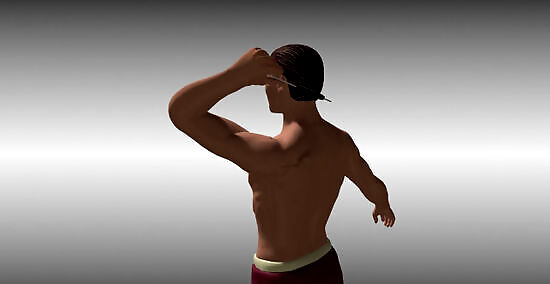
Angle the knife. How you do this will change how rapidly the knife flips through the air, which must be adjusted depending on the distance between you and your target. Note that these distances are somewhat subjective: a knife held by its handle will need to turn over at least once in the air to land point-first, whereas a knife held by its point will need to turn over at least one and a half times. Therefore, adjust the angle of your hold depending on how your knife performs for you with your chosen grip and distance. Close-range: Bend your wrist back toward your forearm. This will allow the knife to turn over in the air more quickly, which is necessary because there is so little distance between you and your target.Watermark wikiHow to Throw a Knife Medium-range: Slightly bend your wrist back toward your forearm. This will somewhat increase the speed with which the knife turns over in the air, which is necessary because there isn’t a lot of space between you and your target.Watermark wikiHow to Throw a Knife Long-range: Keep your wrist unbent. This will keep the knife from turning over too much in the air, which is necessary because there is plenty of distance between you and your target.Watermark wikiHow to Throw a Knife
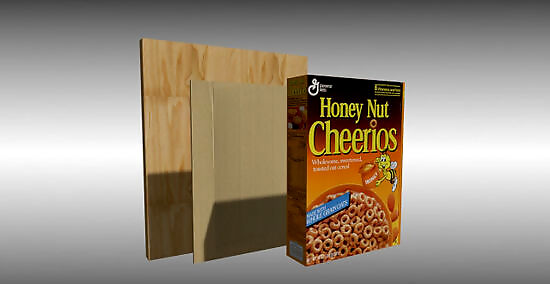
Choose a target. It is important to use targets that are thick enough that the knife won’t go through them, but soft enough that the knives will slide easily into them. For target practice, use cardboard or cereal boxes; these are great for determining accuracy. More established knife throwers prefer a soft wood such as willow, birch, or pine. It helps to count your paces away from the target (assuming it is stationary) so that you get a feel for how hard you have to throw the knife and can use the distance for a reference. Your targets can be hanging, mounted, or free-standing.
Throwing the Knife
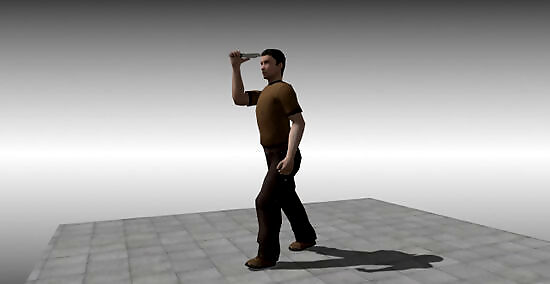
Assume the proper stance. Place your weight on your dominant leg, rest your non-dominant foot in front of you (with no weight on it), raise your dominant arm in front of you so that it is perpendicular to the ground, and bend at the elbow so that the knife is raised alongside your head. Keep the knife a comfortable distance from your head so that you do not cut yourself when you swing to throw it.
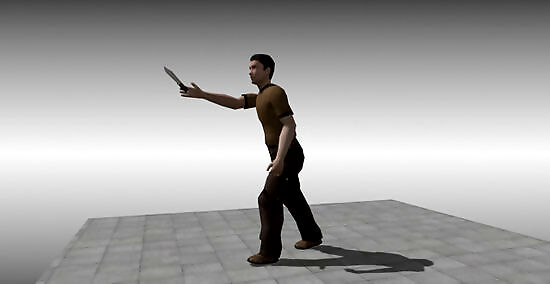
Swing the knife forward. Shift your weight from your dominant to your non-dominant leg to create forward momentum. At the same time, swing your forearm forward from the elbow so that your arm is straight out in front of you; this is the point at which you will release the knife. Practice this swinging motion several times to get the hang of it. Resist the urge to throw the knife like a baseball; when you do this, your arm swings across your body, whereas in knife-throwing, the goal is to swing your arm straight up and down so that the knife doesn’t hit at an angle. To curb this cross-swinging tendency, it may help to pretend you are chopping wood. If you have angled the knife upwards, bring your wrist straight as you finish the swing.
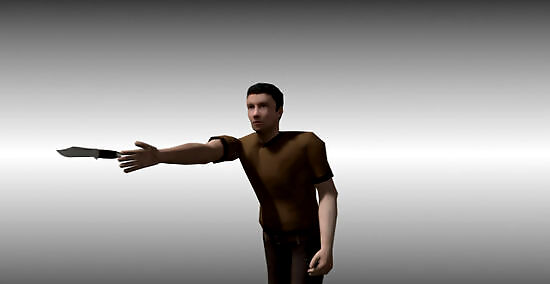
Release the knife and follow through. Simply allow the knife to slip from your hand once your arm is pointing toward your target and your wrist is perfectly straight. Your entire body will end up angled slightly forward (due to the weight shift) and your arm will continue swinging downwards. A well-timed release will cause the knife to fly out of your hand and stick into the target horizontally. Knife throwing is more about finesse than strength. It is most important to keep the entire movement fluid and only apply as much force as is needed. Once you get the hang of it, you will be amazed at how little force is needed.
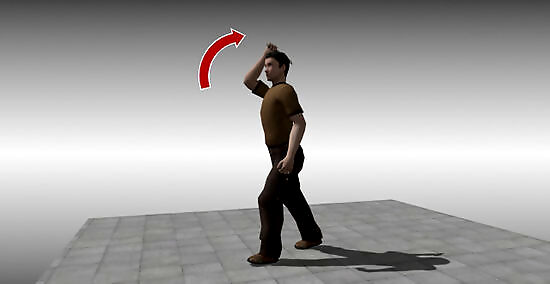
Assess what needs to be changed to throw the knife perfectly. If you find that you hit the target with the butt of the knife instead of the blade and changing the angle of your wrist isn’t enough to compensate, adjust one pace forward or backward. Do not change the amount of force applied in your throw; you simply need to allow for more or less rotation. A good rule of thumb is that one pace equals a half-rotation of the knife. As always, heavier objects will require more force to propel them at the desired speed over the required distance. Instead of increasing the strength of your throw beyond the point of losing fluidity and control, you might consider aiming for a point slightly above your intended target when throwing with larger/heavier knives.
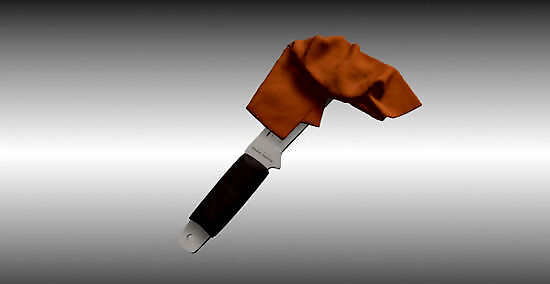
Clean the blade after throwing. After completing a practice session, always clean the blade of the knife. Oils from your hand can degrade the metal in the blade and cause it to rust. It is also important to clean your knife if your target was something, such as a piece of meat, that could produce oils that could harm the blade.

















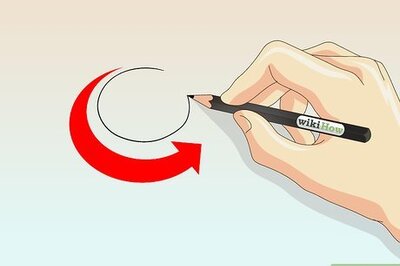


Comments
0 comment